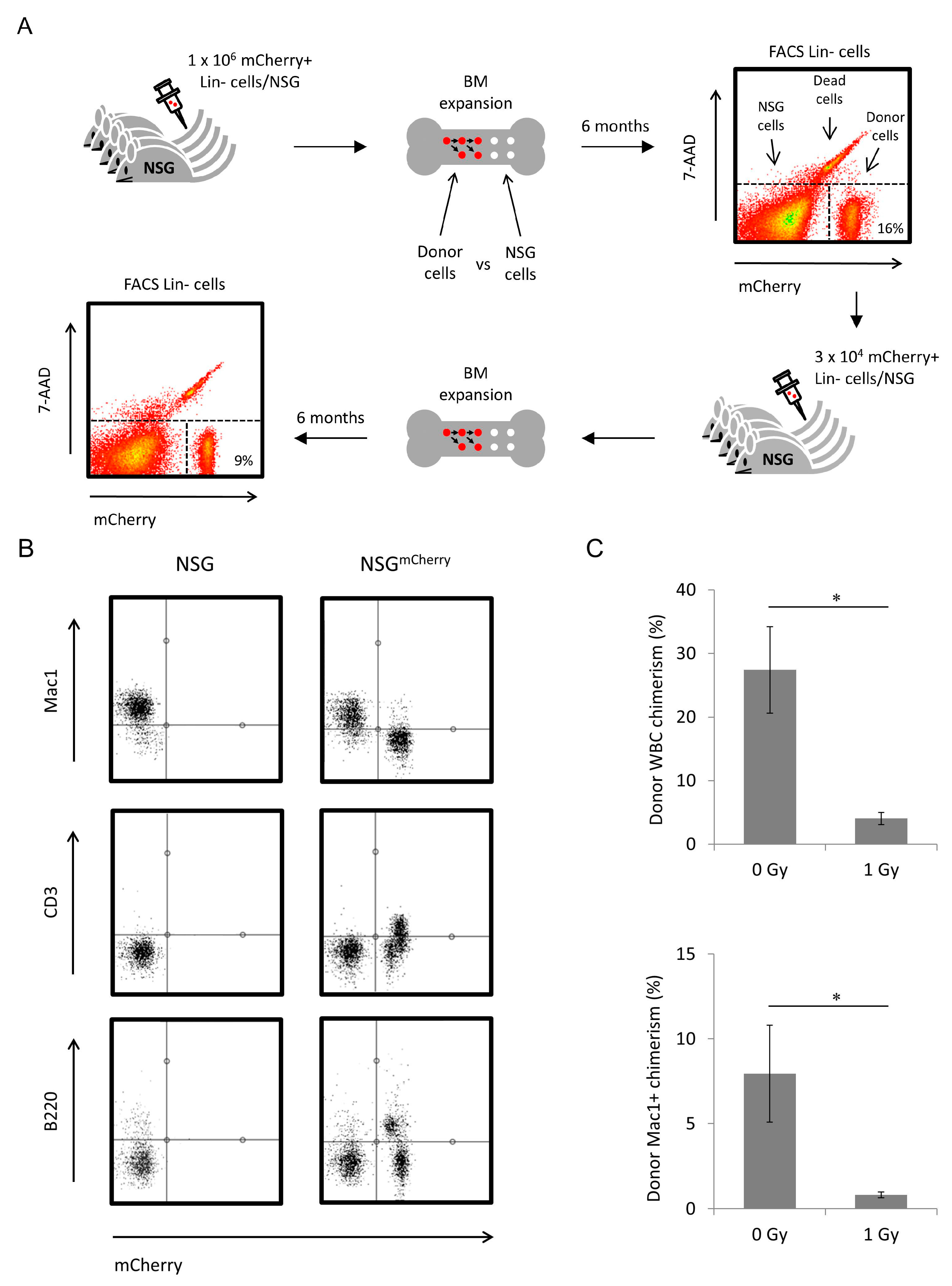

After reviewing an original paper, we realized that the proportion of NK cells from the NOD/SCID splenocytes was detected using NK1.1 antibody, and NK cell activity was assessed using total splenocytes as effector cells. Based on published data and our unpublished experimental observations, it appears that NK cells in NOD/SCID mice may not be as deficient as previously thought. Since then, these mice have been used as an NK-deficient model in many studies. and described as having multiple defects in innate immunity, as well as lacking both T and B cells. NOD/LtSz-scid/scid mice (NOD/SCID) were generated as a new murine model in 1995 by Shultz et al. in 1983, are known to lack adaptive immune function but express normal NK cells. CB17/SCID mice, since first being reported by Bosma et al. In the field of biomedical research, NK cell-deficient mice are widely used and effective tools. Some NK cells have been shown to exert adaptive immune response and are named memory or adaptive NK cells. Research to obtain a better understanding of the characteristics of NK cells is underway. IntroductionĪs a unique member of the innate immune cells, NK cells play important roles in various immune responses, including tumor immunity, transplant rejection, and autoimmune diseases. Caution should be taken when considering the use of NOD/SCID mice as an NK-deficient model. There was no significant difference in the proportion of splenic NK cells between CB17/SCID and NOD/SCID mice, and the function of NK cells was only partially compromised in NOD/SCID mice. After in vitro stimulation with cytokines, the splenocytes from CB17/SCID mice showed higher IFN- γ production than those from NOD/SCID mice however, NK cells did not. The splenocytes from CB17/SCID mice showed higher cytotoxicity than those from NOD/SCID mice, while the cytotoxicity of purified NK cells basically did not differ between the two strains.

Moreover, the NKG2D and Ly49A levels in NK cells from NOD/SCID mice were higher than those from CB17/SCID. The perforin levels in NK cells were similar between the poly(I:C)-treated CB17/SCID and NOD/SCID mice, while the granzyme B and NKG2A/C/E levels in NK cells from NOD/SCID mice were significantly lower than those from CB17/SCID mice. The proportion of splenic NK cells did not differ significantly between NOD/SCID and CB17/SCID mice. Splenocytes from naïve or poly(I:C)-treated mice were isolated for phenotyping and analysis of cytotoxicity-related molecules and inhibitory receptors for cytotoxicity assay, purified NK cells were also used. However, the actual status of NK cells in NOD/SCID mice and CB17/SCID mice in comparison with that in BALB/c mice has not been sufficiently evaluated. NOD/SCID mice have been used as a model of this type in research. Natural killer (NK) cell-deficient mice are useful models in biomedical research.


 0 kommentar(er)
0 kommentar(er)
